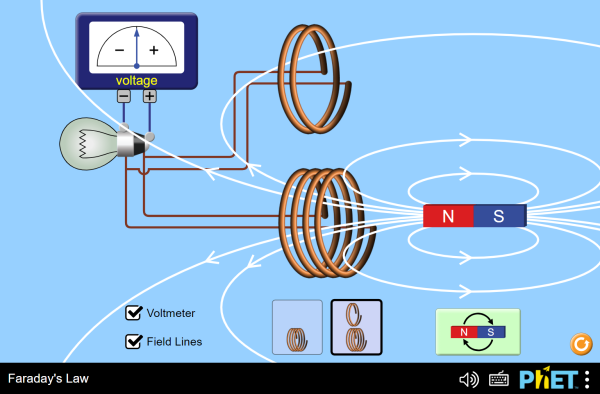The culminating lesson of the first STEM Robotics 101 unit was quite enjoyable for me and for my students. This post will show how that engineering challenge aligned to the engineering standards.
The Next Generation Science Standard (NGSS) for Engineering, MS-ETS1 – Engineering Design, has four performance expectations for students (read this post to see how the NGSS are organized):
Students who demonstrate understanding can…
MS-ETS1-1. Define the criteria and constraints of a design problem with sufficient precision to ensure a successful solution, taking into account relevant scientific principles and potential impacts on people and the natural environment that may limit possible solutions.
MS-ETS1-2. Evaluate competing design solutions using a systematic process to determine how well they meet the criteria and constraints of the problem.
MS-ETS1-3. Analyze data from tests to determine similarities and differences among several design solutions to identify the best characteristics of each that can be combined into a new solution to better meet the criteria for success.
MS-ETS1-4. Develop a model to generate data for iterative testing and modification of a proposed object, tool, or process such that an optimal design can be achieved.
For the Unit 1 culminating project, the Faraday Golfing Machine, I chose to focus on MS-ETS1-1. Using the NGSS website and mousing over the different parts of the MS-ETS1-1 reveals the three dimensions of that performance expectation. “Defining the criteria and constraints of a design problem,” focuses on the Science and Engineering Practice (SEP) of Asking Questions and Defining Problems. Moving the mouse over reveals that, “with sufficient precision to ensure a successful solution, taking into account relevant scientific principles,” focuses on the Disciplinary Core Idea (DCI) of Defining and Delimiting Engineering Problems. Finally, the last part of the performance expectation, “and potential impacts on people and the natural environment that may limit possible solutions,” focuses on the Cross Cutting Concept (CCC), Influence of Science, Engineering, and Technology on Society and the Natural World. Every performance expectation was designed to incorporate all three of the NGSS dimensions, SEP, DCI, and CCC, including the Engineering standards!
To begin the Faraday Golfing Challenge, students were introduced to Faraday’s Law, the Science behind the engineering challenge. Faraday’s Law provides the “scientific principle” of the performance expectation’s DCI! Faraday’s Law was developed by Michael Faraday in the 1800’s. It is a law of electromagnetic induction. I was not at all familiar with electromagnetism much less electromagnetic induction but to simplify the concept students were taught the idea that when a magnet is passed through copper wire electrical energy is generated! It was Faraday’s Law that led to the invention of the electric motor and also the generator.
The Phet Interactive Simulations website from the University of Colorado Boulder has a simulation for Faraday’s Law that helped 6th graders visualize how electromagnetic energy can be converted to electrical energy (if you are not familiar with the Phet simulations you have to check them out!):
Once students had a basic understanding of the idea of electric motors and generators and how the different types of energy were being transferred in those systems, I introduced them to their design challenge. Students were to use the motors in their kit. One motor was to work as the generator, called the remote, so when they cranked the remote the other motor used the electrical energy generated to also move. On the other motor students were build a golf club and a structure to hold the golfing machine. The goal was to hit a ping pong ball a certain distance and hit a target.
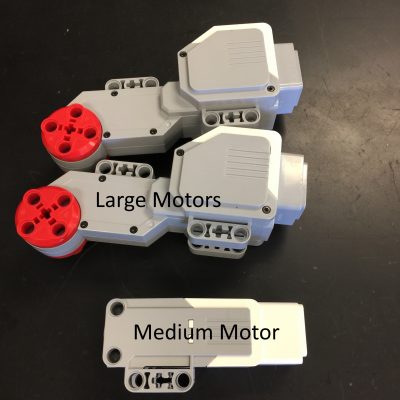
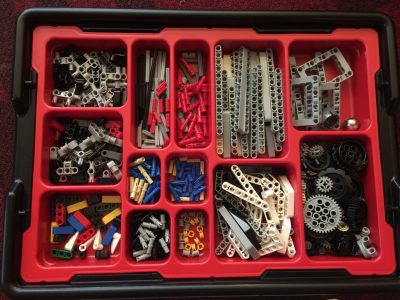
Here are the challenge guidelines (click here if you don’t see the embedded Google doc):
Here are a couple of designs that students created to complete the challenge (solve the problem):
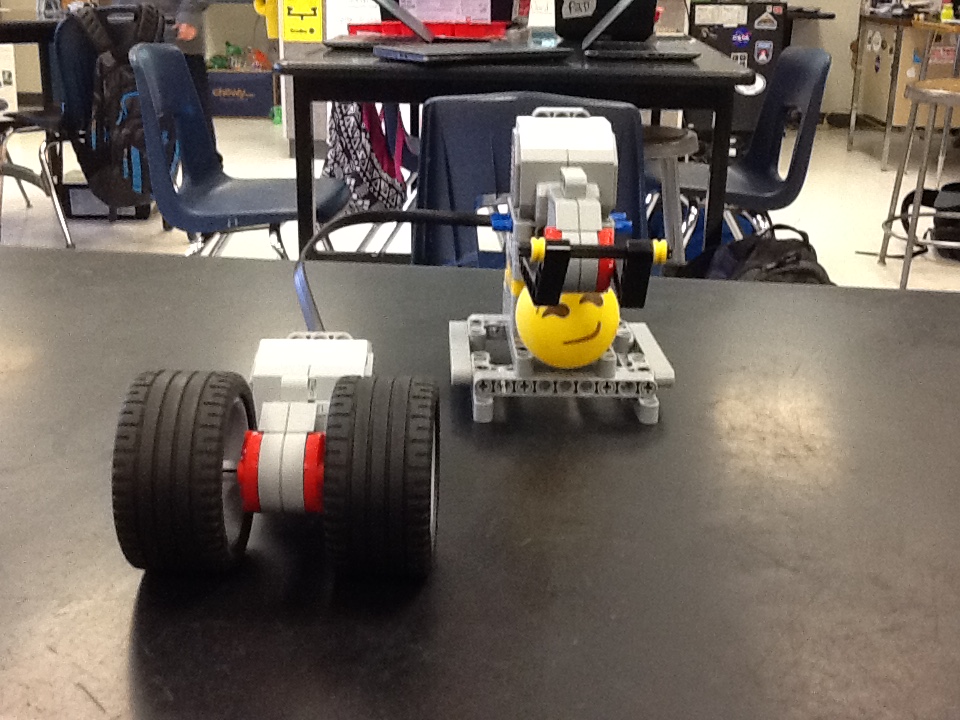
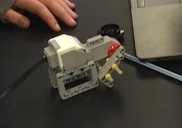
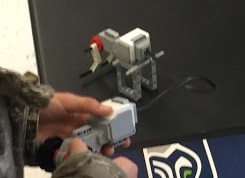
I had students take photos and record videos of their designs and showing how their designs worked. Once their videos were published on Youtube something exciting happened. See, when I started this project I looked up Faraday Golfing Machine to see what it was all about since I had no idea what to expect or how to help students build their machines. There was nothing. Now, when you search Faraday Golfing Machine on Youtube, Chimacum student videos populate the search results! So future students and teachers who want to get ideas or see how this challenge works will see samples! This week students are posting their photos and videos on their blogs as well! We use blogs as electronic portfolios and they also allow students to share their learning with a much wider audience than just me and their classmates!
Here are some clips of what students did:

